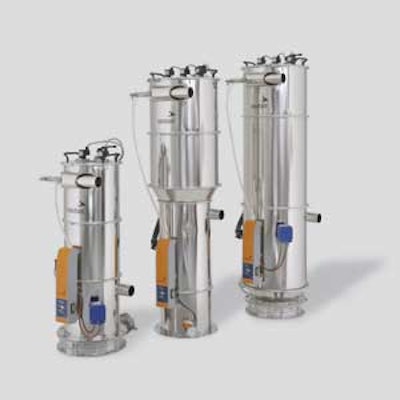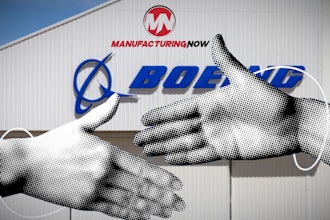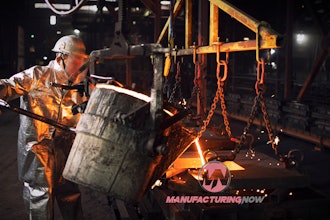
title
 Motan’s METRO P hopper loaders have been developed specifically for safe and clean 24/7 continuous operation, requiring very little maintenance when conveying both non-free-flowing (type N) and free-flowing (type F) raw materials. According to the company, the hopper loaders are further characterized by :
Motan’s METRO P hopper loaders have been developed specifically for safe and clean 24/7 continuous operation, requiring very little maintenance when conveying both non-free-flowing (type N) and free-flowing (type F) raw materials. According to the company, the hopper loaders are further characterized by :
- Units are equipped with the well-proven mechanical and control-specific interfaces.
- To refill the 15/25/50 liter units, the discharge flap activates the vacuum valve via a signal.
- The geometries of the discharge flaps — as calculated computationally, empirically and under laboratory conditions — guarantee sustainable reliability.
- The largest of the units, achieving an output of 1000 kg/h, has a flow-opening with a diameter of 260 mm.
- The series is available in three sizes: the compact unit with an output of 200 kg/h and a capacity of 10 liters (cycle), the mid-size unit with an output of 500 kg/h and a capacity of 25 liters, and the “Big Fellow” with an output of 1000 kg/h at a capacity of 50 liters.
- The tall, slim cylindrical containers are produced in electro-polished stainless steel and are robust, extremely durable and easy to service.
- They feature star filters that are characterized by an extremely large surface area and their Teflon-coating, whereby most minute and the finest powder particles in the µ-range are able to be captured, gathered and filtered out.
- With the compact METRO P — output 200 kg/h, volume 10 liters — a battery of four filter cartridges is deployed.
- For the mid-size unit (output 500 kg/h, volume 25 liters), as well as the largest unit (output 1000 kg/h, volume 50 liters), seven filter cartridges are used.
- Cleanliness, safe maintenance and care of the equipment are further enhanced by the company’s decision to deploy automatic air-jet de-dusting during both the operation and the conveying process.
- Within a defined sequence schedule, the air-jet return current is thus pneumatically unloading the predestined cartridges, i.e. either sets of four or seven — selectively or sequentially triggered just about one second before the end of the conveying cycle


















